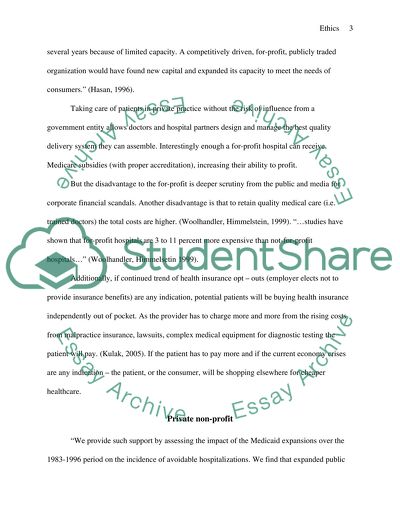HCM621-0804A-01 Ethics, Policy, and Law in Health Care Management - Essay - 2. Retrieved from https://studentshare.org/miscellaneous/1548744-hcm621-0804a-01-ethics-policy-and-law-in-health-care-management-phase-1-discussion-board-2
HCM621-0804A-01 Ethics, Policy, and Law in Health Care Management - Essay - 2. https://studentshare.org/miscellaneous/1548744-hcm621-0804a-01-ethics-policy-and-law-in-health-care-management-phase-1-discussion-board-2.


